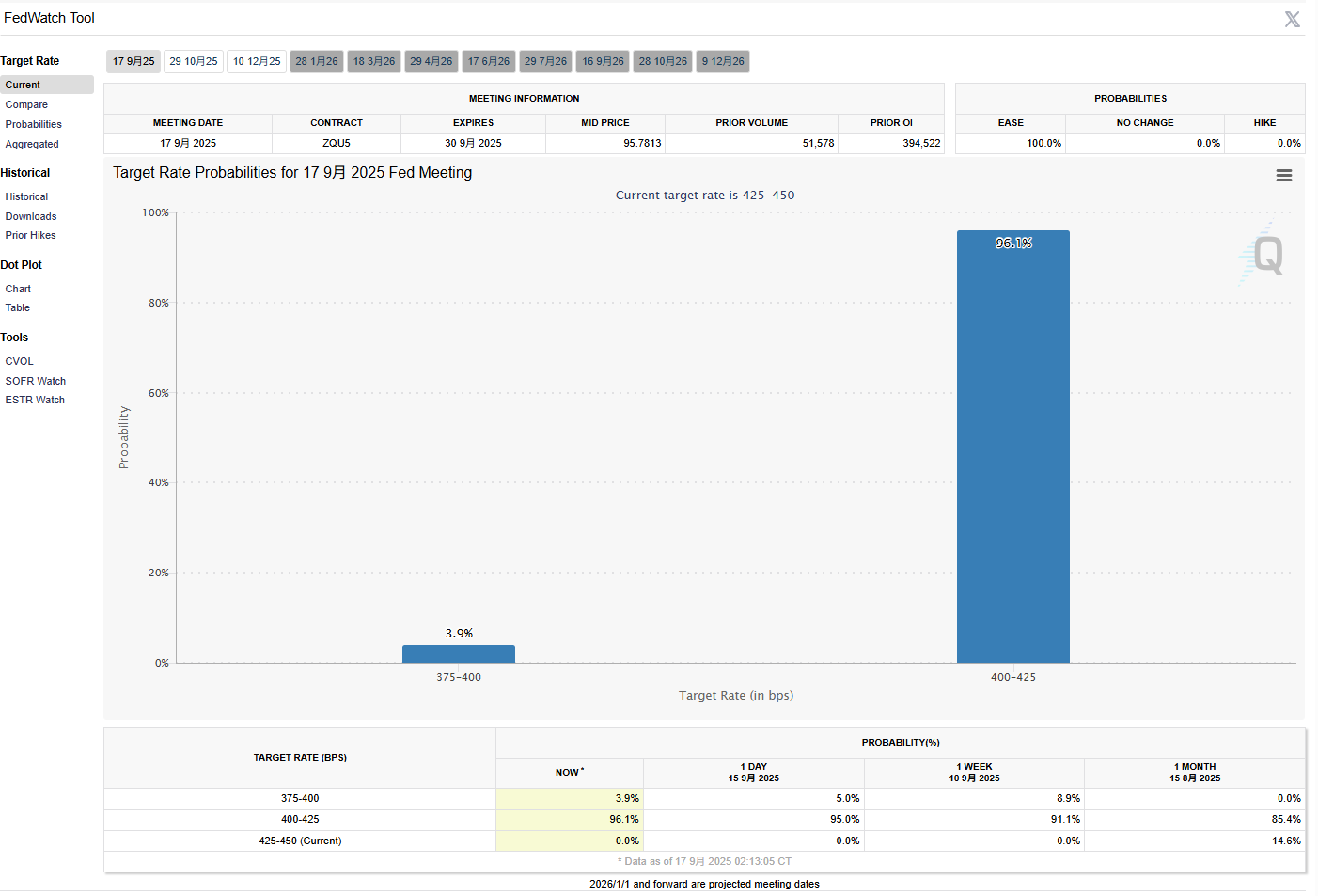How to view the current chain narrative and its future development
cryptoHowe.eth2024/08/30 03:06
By:cryptoHowe.eth
The current chain narrative or the narrative of mass adoption, we can find that they are all doing one thing -
like an onion, layer by layer, wrapping various complex underlying operations into something simple and easy for users to use .
From the narrative of the chain, we can see that its development process has the following stages:
1)
Layer1: In the initial Layer1 competition, everyone optimized and improved in different infrastructure directions such as performance, transaction throughput, and composability, which also led to Layer1 derived from Ethereum, such as Solana, Polkadot, Cosmos, etc.
The user experience and the performance improvement of the chain itself can attract users to engage in various interactions (Mass adoption: let more users enter)
2)
Layer2: In the face of competition from other Layer1 in this series and the needs of its own development, Ethereum, as the leader, has also begun to explore its expansion plan route. After that, well-known Layer2 public chains such as Arbitrum, Optimism, and Polygon appeared.
Reduce costs and increase efficiency , so that users no longer have to worry about gas, and improve the active level on the chain (Mass adoption: maintain sufficient user engagement rate)
3)
Chain abstraction: After the development of the first two stages, we will find that
there are not many overlapping points between different chains , such as some assets on Polygon that cannot be used on other chains such as Arbitrum and Ethereum. So is there a way to use an asset across different chains, and projects like ZetaChain, Particle Network, AA Wallet, etc. have emerged.
One coin for multiple uses, reducing tedious interaction steps , allowing users to easily perform various operations or manage various assets on different chains (Mass adoption: reducing the cost and threshold of interaction operations)
4)
Chain aggregation: The development of the first three stages is mainly aimed at users, and
the development of chain aggregation is more biased towards project parties and developers in my personal opinion , because the various VMs currently use different technologies, it is difficult to be compatible with each other. This makes project parties and developers who want to do multi-chain products need to spend a lot of energy to use products with different programming languages.
So the recent projects such as Movement labs and Lumio have achieved the effect of
deploying multiple parties at once , which allows project parties and developers to focus more on product research and optimization (Mass adoption: reduce development difficulty and cost, accelerate the development of ecological projects).

So this development process is actually very common, like the traditional Java development, from 1991 to now, experienced Java, Java EE, SSM, SpringBoot, SpringCloud and other stages (don't ask me why I know, once Java deep as the sea)
What they do is also
encapsulate the originally obscure and difficult-to-understand low-level code into various interfaces , which allows developers to quickly get started using these API interfaces without having to deeply understand the underlying content. This
greatly reduces various development thresholds and reduces various tedious and repetitive processes , which is the goal of what we often call "Mass adoption".
But at the same time, we need to recognize that
this approach to mass adoption is a double-edged sword , which allows users to complete a series of complex interactions with as few steps as possible, allowing developers to quickly develop Dapps.
But at the same time,
it will make everyone form a dependence like a slow poison The word "use it or lose it" is believed to be familiar to everyone. The Crypto world is a dark forest, and everyone needs to maintain enough awe. The knowledge that should be learned still needs to be learned, and the things that should be tried still need to be tried. We cannot be greedy for temporary convenience and abandon the true inner core.
In addition, for the chain ecosystem, lowering the development threshold is naturally a good thing, which can gather a lot of ecological projects in a short time. But
For Mass adoption, the real core is the quality of the project, not the quantity Just like the DeFi Summer in the previous cycle, what really attracts users and promotes the ecosystem is the emergence of projects such as Uniswap, Compound, AAVE, etc.
Therefore, we need to correctly recognize the current chain narrative and its future development possibilities.
0
0
Disclaimer: The content of this article solely reflects the author's opinion and does not represent the platform in any capacity. This article is not intended to serve as a reference for making investment decisions.
PoolX: Earn new token airdrops
Lock your assets and earn 10%+ APR
Lock now!
You may also like
Bitcoin price gains 8% as September 2025 on track for best in 13 years
Cointelegraph•2025/09/17 13:33
Ethereum unstaking queue goes ‘parabolic’: What does it mean for price?
Cointelegraph•2025/09/17 13:33

ETH’s run vs. BTC: Finished, or early days?
Any indication the FOMC is less dovish than anticipated could weigh on crypto, industry watcher says
Blockworks•2025/09/17 12:39

Trending news
MoreCrypto prices
MoreBitcoin
BTC
$115,650.52
+0.46%
Ethereum
ETH
$4,491.13
+1.31%
XRP
XRP
$3.02
-0.20%
Tether USDt
USDT
$1
+0.04%
BNB
BNB
$948.93
+2.52%
Solana
SOL
$234.65
+0.50%
USDC
USDC
$1.0000
+0.01%
Dogecoin
DOGE
$0.2648
+1.64%
TRON
TRX
$0.3403
-0.80%
Cardano
ADA
$0.8659
+0.41%
How to sell PI
Bitget lists PI – Buy or sell PI quickly on Bitget!
Trade now
Become a trader now?A welcome pack worth 6200 USDT for new users!
Sign up now